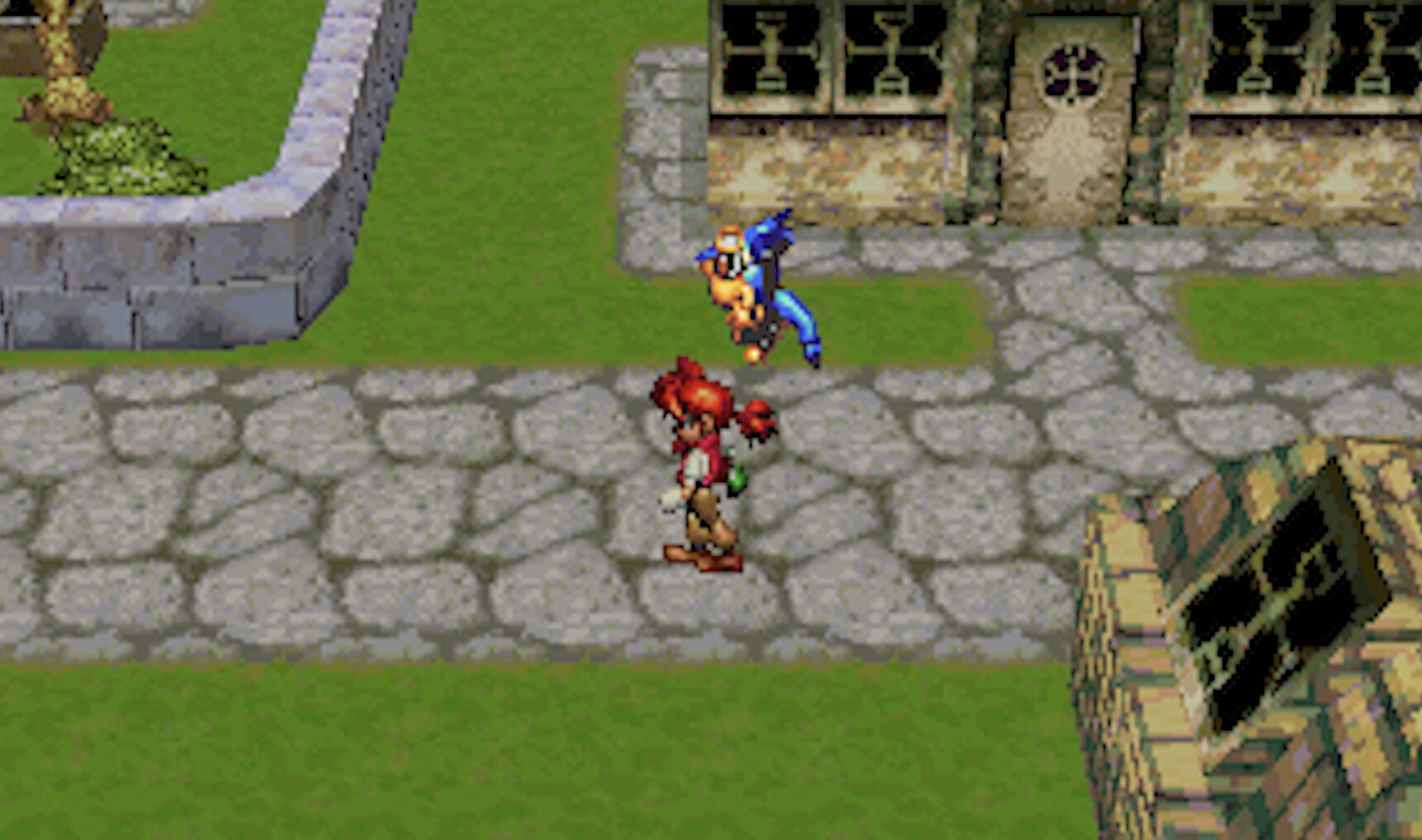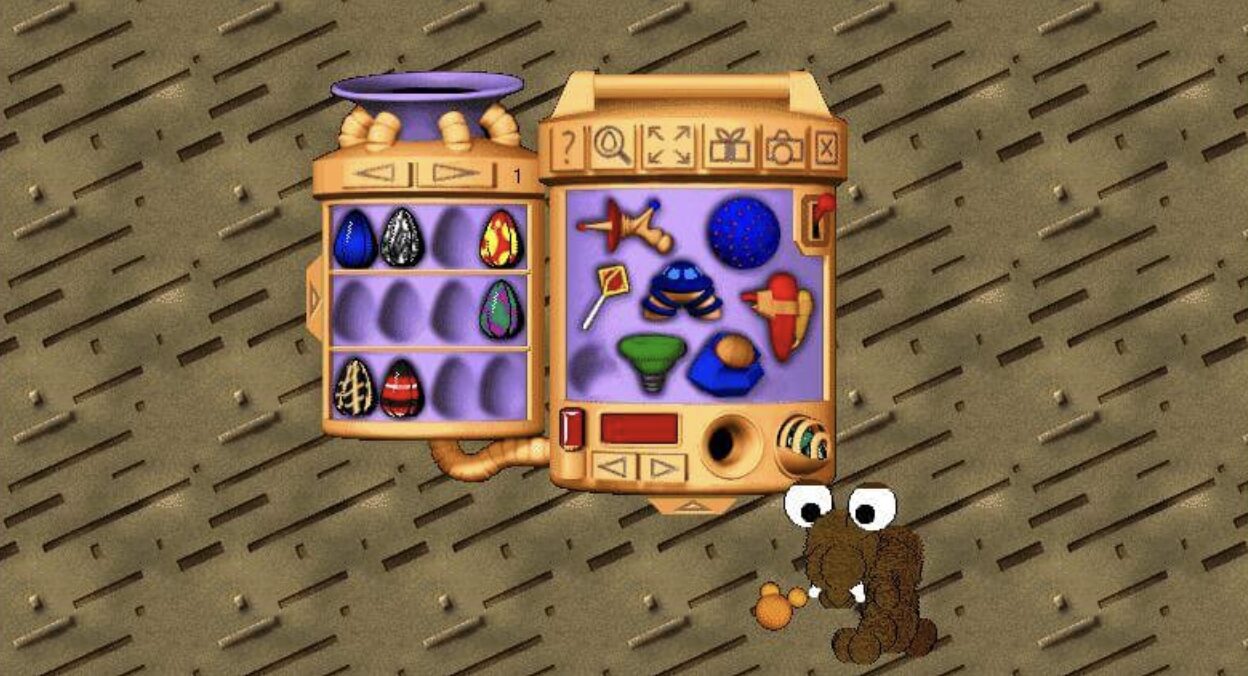I had to strip back my list of games in this genre to review because I realised there was a distinct difference in my head between a ‘Virtual Pet’ game and a ‘Monster Collection’ game. I’ve struck a few things from my to-do list based off them being too far in to the monster collection…
Virtual Pet Reviews: Oddballz
Something funny happened, I ended up on a Wiki page listing a bunch of virtual pet games and I had this big realisation of ‘Holy crap I’ve played pretty much ALL of these’. Virtual pet games are definitely a niche special interest of mine and the idea to do a blog review series on them…
Revisiting Keane after two decades
I recently went to see Keane at the Co-op Live arena for their 20 years of ‘Hopes and Fears’ anniversary tour. The tour was a must see for me because back around 2004-2010 I was beyond obsessed with this band. They were my numero uno towards the end of high school and all through college….
Trekking (Half) A Tolkien Trail
Last weekend I finally convinced Terry to do a walk that I’ve wanted to do for a while. The Tolkien Trail is a walking route around Hurst Green in Whalley. The route is named as such because the landscape supposedly inspired J.R.R Tolkien’s Middle Earth, so as Lord of The Rings nerds we wanted to…
Watership Down, the gateway to high fantasy
It’s a really random thing to be fanatical about I guess, but I love Watership Down. It’s been my favourite book pretty much my entire life, and I’ve struggled to really bring across how much more there is to the story than its frustrating reputation of ‘scary Easter movie’. I was listening to a YouTube…




